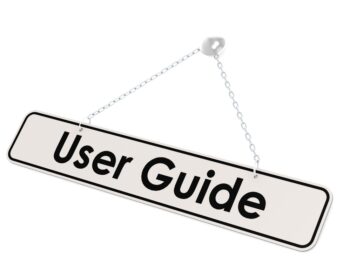
Getting the Process Started – Agreeing to Mediate
Mediation can be a formal or informal process to settle a workers’ compensation case. The structure involves a neutral third party who understands the process and controlling statute to help the parties evaluate their position and move a case toward settlement. Selection of a neutral third-party requires cooperation between the defense and employee interests.
In very few instances is mediation “required” as part of the workers’ compensation claims process. However, this should never prevent parties to a workers’ compensation case to use it as a means to settle a dispute.
Click Link to Access Free PDF Download
“8 ‘Think Outside the Box’ Tactics to Settle Workers’ Comp Claims”
We’re Going to Mediate – Now What?
Mediating a workers’ compensation case must be taken seriously. It requires preparation and evaluation by all parties. In many instances, the selected mediator will request the parties to prepare a mediation statement. This is a letter prepared by the respective parties and should be kept confidential. It should be factual so the third-party assisting in the settlement can help. It can also contain other important documents relevant to the case that outline a party’s position.
There is no one right way to draft a mediation statement. Important elements to consider should include the following:
- Defining the claim: When both parties outline the claim, it will allow the mediator to ensure both sides are beginning from the same starting point. A classic example of this is a determination of the average weekly wage (AWW). Because most indemnity benefits are based on this number, the value of a claim can hinge on the AWW. It is also important to outline defenses to a claim. This has a huge impact on potential recovery and future exposures.
- Procedural posture and prior negotiations: Providing this background information allows the neutral third-party to understand a case’s starting point and what the ultimate objectives of the parties include. It will also allow the mediator to understand other important case dynamics.
- Honest assessment cases strengths/weaknesses: This is especially important in instances where there is a denial of primary liability or the reasonableness/necessity of medical care and treatment. Going through the process in an honest manner allows all attorneys and members of the claims management team to better understand the claim and set realistic expectations.
- Pertinent medical and vocational reports: These documents include IMEs, IVEs, FCEs and narrative reports from the employee’s treating doctor. These reports and documents typically provide a good summary of the claim and help the mediator better understand the case. It also allows the parties to understand the strengths and weaknesses of a claim.
Other Things to Consider
A mediation statement is also a great tool to inform the mediator about the case intangibles and dynamics. It is important for a mediator to know information such as the special needs of a client and issues that are a “must have” in any settlement. This often includes a global settlement and voluntary resignation of the employee as part of settlement.
Conclusions
The use of mediation in workers’ compensation is growing in popularity given its practical uses in settlement. When preparing for mediation, it is important for all parties to prepare. Part of this includes the use of a confidential mediation statement to provide a background to the neutral third-party and help the parties better evaluate their case. It also serves as a means to make efficient use of time and reduce costs.

Author Michael Stack, CEO Amaxx LLC. He is an expert in workers’ compensation cost containment systems and helps employers reduce their workers’ comp costs by 20% to 50%. He works as a consultant to large and mid-market clients, is a co-author of Your Ultimate Guide To Mastering Workers Comp Costs, a comprehensive step-by-step manual of cost containment strategies based on hands-on field experience, and is founder & lead trainer of Amaxx Workers’ Comp Training Center.
Contact: mstack@reduceyourworkerscomp.com.
Workers’ Comp Roundup Blog: https://blog.reduceyourworkerscomp.com/
©2019 Amaxx LLC. All rights reserved under International Copyright Law.
Do not use this information without independent verification. All state laws vary. You should consult with your insurance broker, attorney, or qualified professional.















